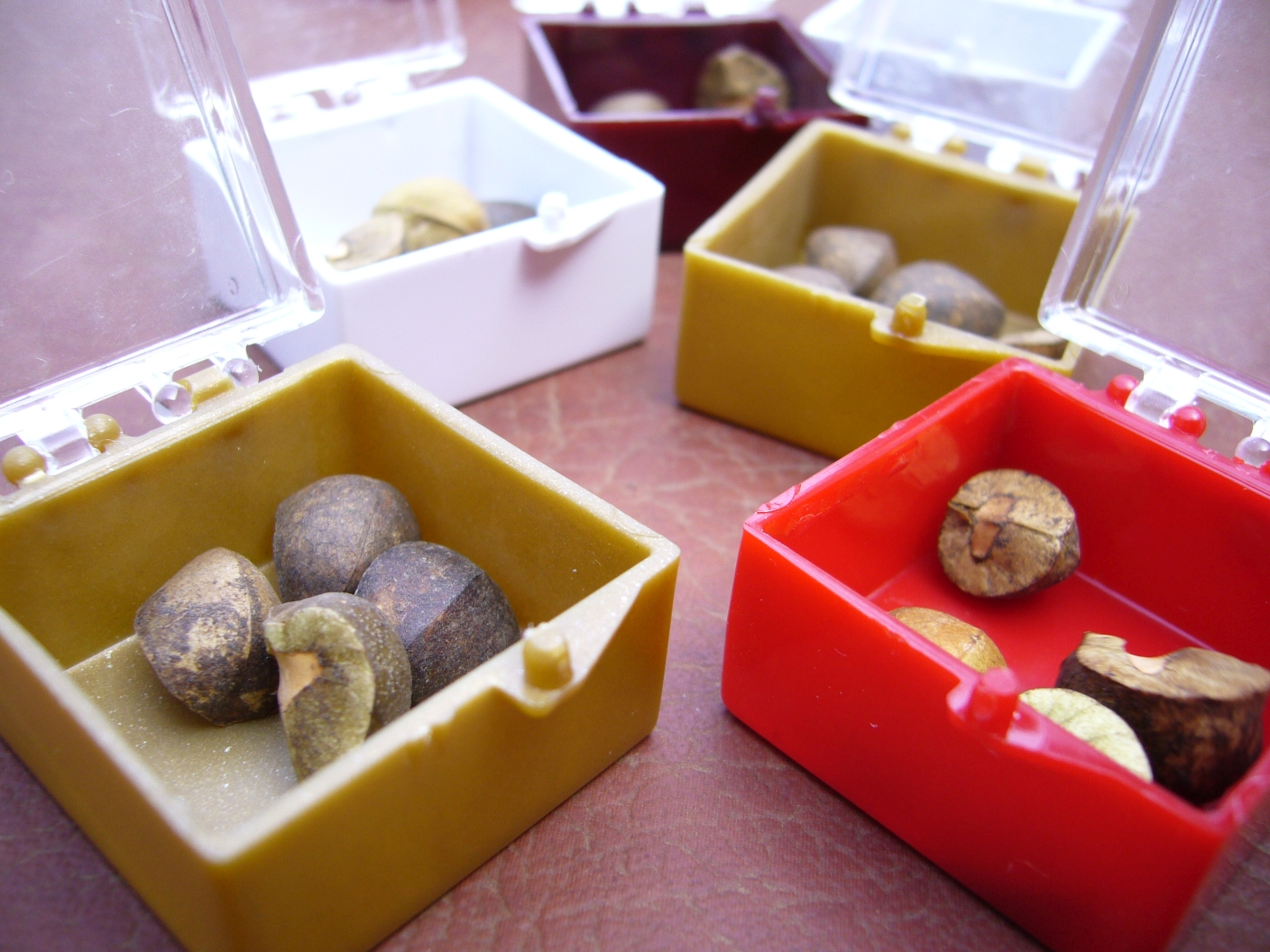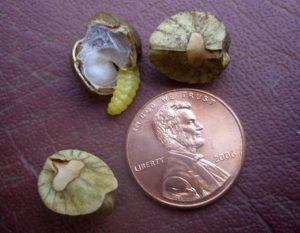A Naturally Intriguing Phenomenon
Not all beans, however, are created equal. Just like the peanut is not really a nut and the pineapple is not an apple, not all ‘beans’ are beans. Perhaps the most remarkable of all beans-that-are-not-really-beans is the Mexican jumping bean.

Beans found their way into the human diet long ago, and our digestive systems have been rumbling ever since. They have been retrieved from Egyptian pyramids and were probably cultivated by Native American tribes centuries before Columbus ever laid eyes on his first “field of beans.”
Even the Old Testament refers to the luscious legumes in 2 Samuel 17, describing how they were brought to David and his people after a long journey crossing the Jordan.
Not all beans, however, are created equal. Just like the peanut is not really a nut and the pineapple is not an apple, not all ‘beans’ are beans. Perhaps the most remarkable of all beans-that-are-not-really-beans is the Mexican jumping bean.
I still vividly recall my first encounter with jumping beans some two decades ago at an old, weather-beaten souvenir store along a dusty, desolate county road in Nevada. As I wandered around the shop, I heard a faint but persistent clicking noise resonating down one of the aisles.
I traced the source to dozens of small plastic containers stacked on a shelf. As I examined the boxes, I stood for some moments fascinated at the brownish-colored, rock-like objects that were mysteriously convulsing at random intervals in their plastic prisons. Some strange mechanical or electronic contrivance, I thought to myself? No, it was nature at its most mysterious.
Jumping beans are not true beans – at least not in the conventional cook ’n’ serve sense. They are actually seeds that come from a deciduous desert-loving shrub (Sebastiana pavoniana) that only grows in the Mexican states of Sonora and Chihuahua.
Each spring, female jumping bean moths (Laspeyresia saltitans) deposit their eggs in the shrub’s flowers. Soon, tiny insect larvae hatch from the eggs and burrow into the young flower capsules. There they chomp away inside the developing seed, leaving the undamaged seed wall as their protective fortress.
 Once the invader has carved out a comfortable living space, it begins to construct a web along the inner wall of the seed. Before long, each “bean” comes to life as the plucky little yellowish-white larva throws itself violently against the walls of its chamber, producing the erratic jumping movements that are characteristic of the jumping bean. The activity can continue well into the fall.
Once the invader has carved out a comfortable living space, it begins to construct a web along the inner wall of the seed. Before long, each “bean” comes to life as the plucky little yellowish-white larva throws itself violently against the walls of its chamber, producing the erratic jumping movements that are characteristic of the jumping bean. The activity can continue well into the fall.
If you have never seen jumping beans, the good news is that you don’t have to risk life and limb traveling to Mexico and fight the jumping bean gang lords to collect your own. Fortunately, it’s jumping bean season and there are several Internet sources for the beans.
One is Tom Kramer, Head Bean at Beans That Jump. Kramer has been importing jumping beans and selling them from his home in Houston for years through his website.
“The fresh 2016 crop of Mexican jumping beans are now available,” said Kramer. “This is a very healthy batch just off the forest floor! We did not have a jumping bean crop in 2015 due to heavy rains.”
You can scoop up eight beans for $4, plus a couple of dollars for shipping. The last batch I got remained active for about three months. Then, they actually hatched and the tiny moths emerged.
As pets go, jumping beans aren’t exactly affectionate or trainable. But they won’t soil the carpet or require feeding. And no expensive vet bills, either.
So if you have kids or grandkids, get them a few jumping beans and show them that a little fun can still be had even without battery-operated devices.


